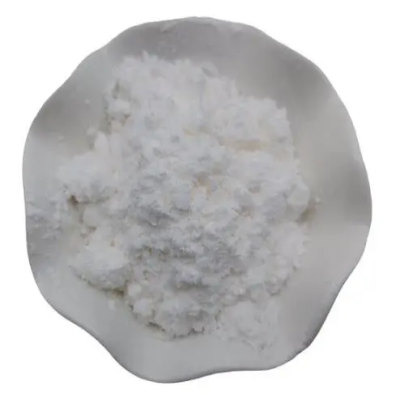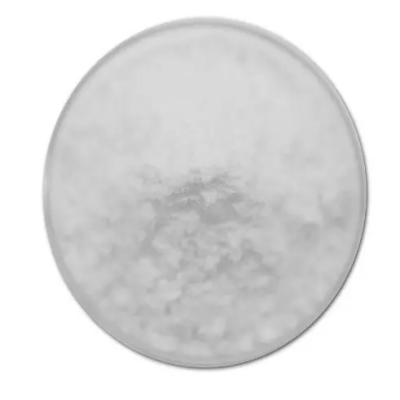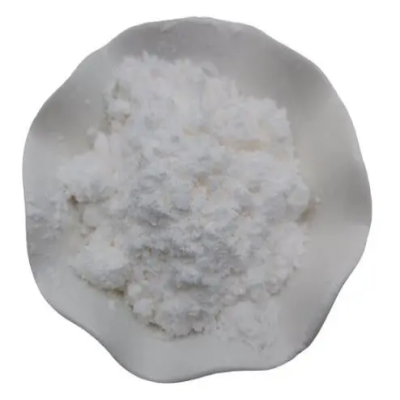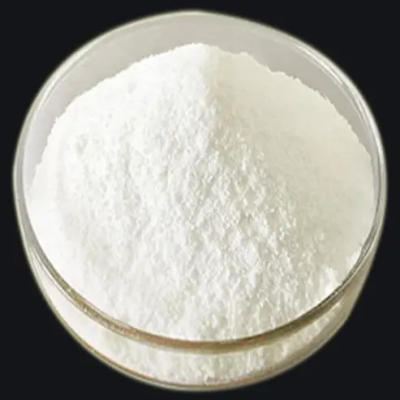Triethylaminehydrobromide CAS:636-70-4
Triethylaminehydrobromide plays a crucial role as a phase-transfer catalyst in organic synthesis, facilitating the transfer of ions or reactants between immiscible phases during chemical reactions. Its use in quaternization and alkylation reactions enables efficient and selective transformations of organic substrates, contributing to the synthesis of fine chemicals, pharmaceutical intermediates, and specialty compounds. The compound's ability to promote phase-transfer processes enhances the efficiency and selectivity of numerous organic transformations, supporting advancements in chemical synthesis and process development. In the field of pharmaceutical chemistry, Triethylaminehydrobromide finds application as a reagent for the preparation of active pharmaceutical ingredients (APIs) and pharmaceutical intermediates. Its role in the synthesis of drug substances and chiral molecules contributes to the development of therapeutic agents targeting various disease indications, including cardiovascular disorders, central nervous system diseases, and infectious illnesses. The compound's utility in pharmaceutical synthesis supports drug discovery and development efforts, enabling the production of diverse molecular architectures with potential biological activities and pharmacological properties. Moreover, the compound is utilized in the production of specialty surfactants, corrosion inhibitors, and quaternary ammonium compounds for industrial and consumer applications. Its chemical properties enable the creation of effective surface-active agents, anti-static agents, and antimicrobial additives used in cleaning products, personal care formulations, and industrial processes. Triethylaminehydrobromide contributes to the enhancement of product performance and safety across diverse sectors by providing solutions for emulsification, wetting, and protection against microbial contamination. Additionally, the compound serves as a reagent for the modification of polymers, resins, and functional materials. Its application in polymerization, curing, and crosslinking reactions enhances the properties and performance of polymeric materials used in coatings, adhesives, and composite structures. By facilitating the functionalization and modification of polymeric matrices, Triethylaminehydrobromide supports the development of advanced materials with tailored mechanical, thermal, and chemical properties, contributing to innovations in material science and engineering. In summary, Triethylaminehydrobromide demonstrates its versatility as a valuable reagent and phase-transfer catalyst with diverse applications across industries, including organic synthesis, pharmaceuticals, specialty chemicals, and materials science. Its unique properties and reactivity contribute to continuous innovation and advancements in chemical processes, material development, and industrial applications.



| Composition | C6H16BrN |
| Assay | 99% |
| Appearance | white powder |
| CAS No. | 636-70-4 |
| Packing | Small and bulk |
| Shelf Life | 2 years |
| Storage | Store in cool and dry area |
| Certification | ISO. |




![N-[3-Fluoro-4-[(methylamino)carbonyl]phenyl]-2-methylalanine CAS:1289942-66-0](https://cdn.globalso.com/xindaobiotech/VYH6FUCIIBE_I7B6OOPY283.png)




